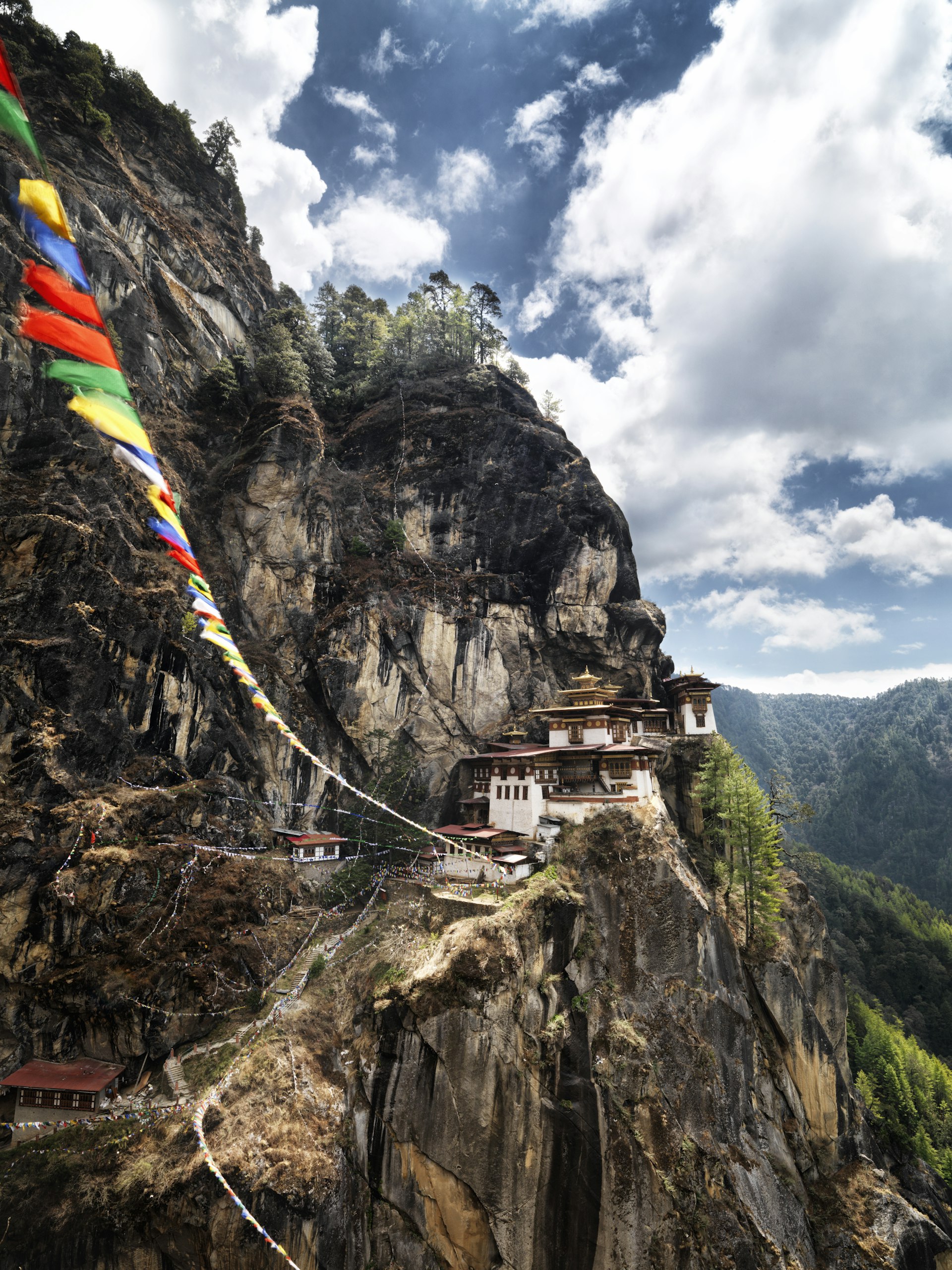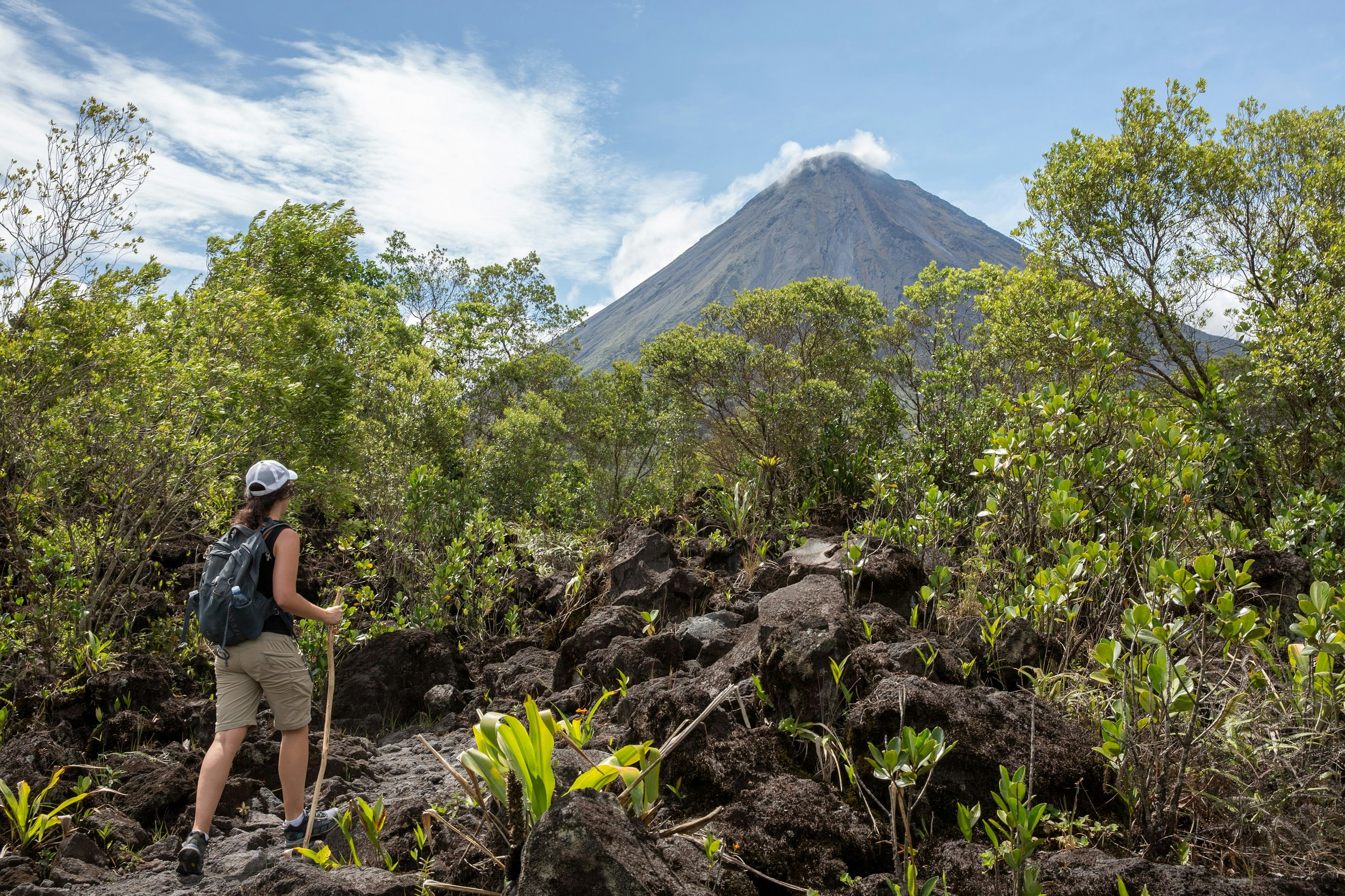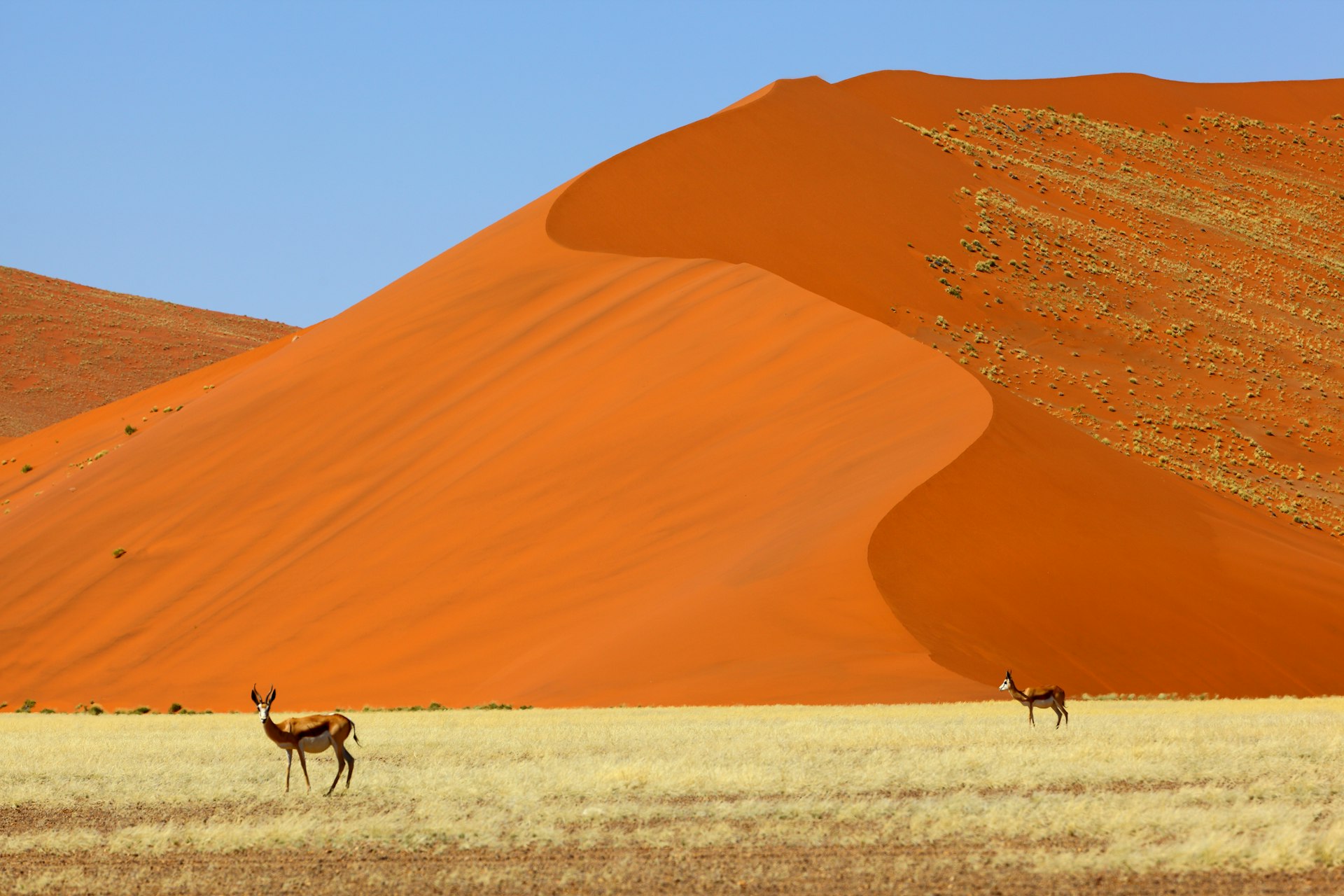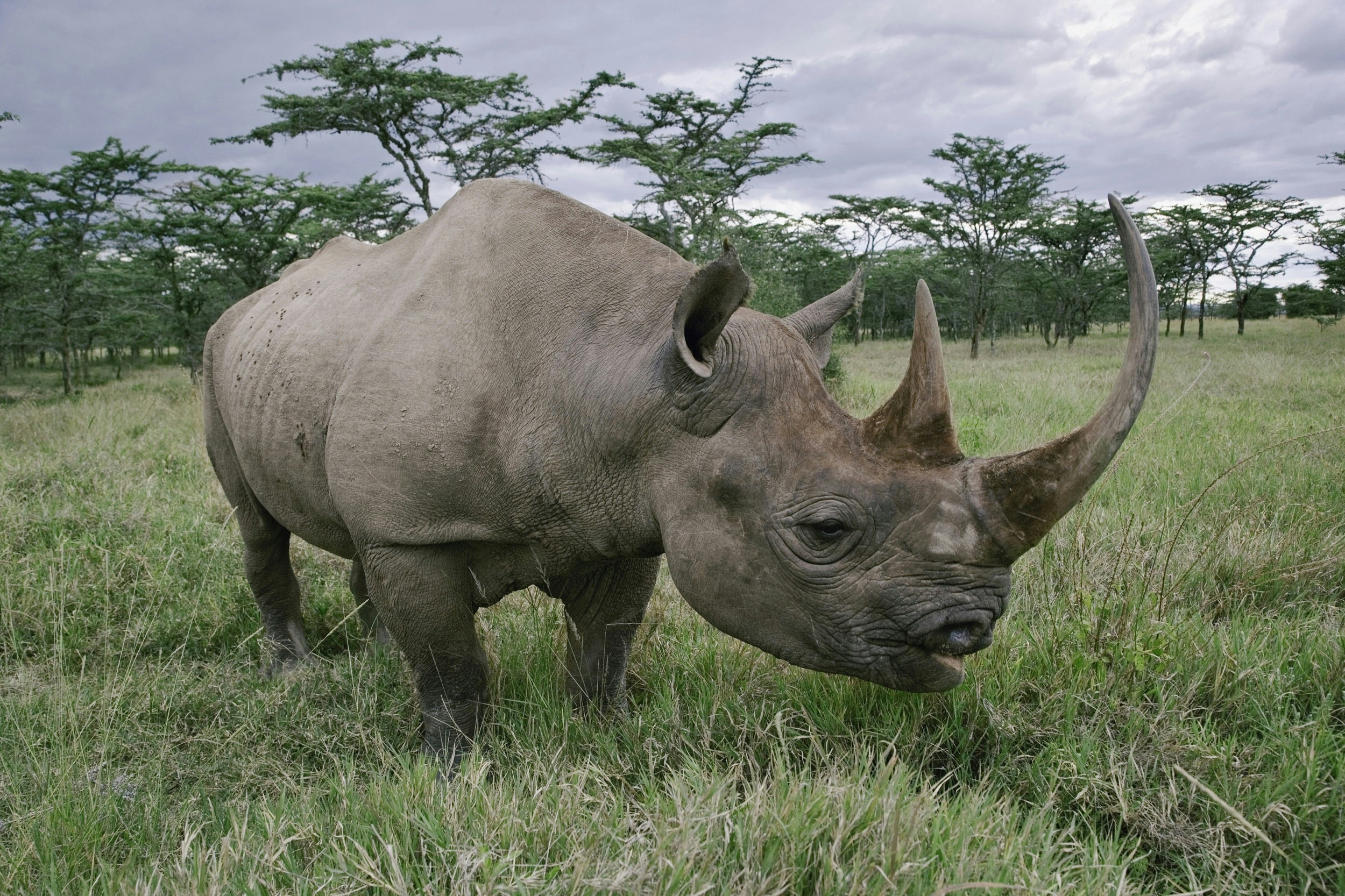Traveling more sustainably isn’t just better for the planet – trips designed to benefit the environment and empower local people also make holidays much more rewarding. To celebrate Earth Day on Saturday April 22, we have highlighted 10 sustainable adventures around the world.
1. Walk with Tasmania’s traditional owners, Australia
Known for its fiery lichen-tinged granite headlands, white sandy beaches and idyllic turquoise water, northeastern Tasmania’s Bay of Fires is one of Australia’s most incredible landscapes. Thanks to the launch of the Wukalina Walk, you can now learn about the 10,000-odd years of Aboriginal history and culture connected to the region with a Palawa (Tasmanian Aboriginal) guide.
The first time Palawa people have had the chance to tell their story, on their own land, the three-day, four-night exploration of the Larapuna (Bay of Fires) and Wukalina (Mt William) areas is a genuine cultural experience guaranteed to deepen your understanding of Palawa culture and community history. Immersing you in the natural and rugged beauty of the breathtaking coastal region, the 34km walk sees guests spend two nights lodging in comfortable bespoke domed huts and one night in the Lighthouse Keepers Cottage at Eddystone Point.

2. Support Europe’s brown bears, Romania
Home to Europe’s largest concentration of brown bears, Romania is a fitting location for the continent’s largest bear sanctuary. Dedicated to providing a safe, humane environment for bears rescued from cruel captive conditions, Libearty Bear Sanctuary, near the town of Zărnesţi in Transylvania, offers the next best thing to viewing the impressive carnivores in their natural habitat. Visits are by guided tour of the 69-hectare oak forest that more than 100 bears now call home. For those keen to spend more time with the bears, UK-based Responsible Travel offers a seven-day volunteer program at the sanctuary.
7 unmissable things to do in Romania

3. Bed down with locals, Bhutan
The world’s last Buddhist kingdom, Bhutan measures its success in terms of Gross National Happiness. Such an ethos helps to ensure a preserved environment both culturally and environmentally. Indeed, Bhutan’s tourist industry is founded on the principle of sustainability. A tour with a government-approved operator is a prerequisite, and will likely include visits to historic temples and hikes through yak meadows high in the Himalayas. Connect more deeply with local culture by enlisting an operator that can arrange a homestay experience such as the Bhutan Homestay program, where income generated by tourism helps to offset the losses to crops and livestock caused by park wildlife.
Bhutan reopens to tourists – but its entry fees just got a lot more expensive
4. Master coral planting, Fiji
What better way to experience Fiji’s dazzling coral reefs than to actively help to protect them? A growing number of the Pacific island nation’s resorts have now introduced coral gardening as a guest activity. Also known as coral aquaculture, coral gardening sees young corals grown in a protected nursery until adulthood. They are then transferred or ‘planted’ back into the natural environment, often on artificial reefs. Just a few resorts where you can try your hand at this sustainable underwater activity include Castaway Island Fiji, Jean-Michel Cousteau Resort on the Vanua Levu, Fiji’s second-largest island, Makaira Resort on the island of Taveuni.
Which island in Fiji is best for your next vacation?

5. Take a low-impact whale-watching tour, New Zealand
The Māori-owned and -operated Whale Watch Kaikoura supports the Indigenous Ngai Tahu community, located in Kaikoura on New Zealand’s South Island. Its boats operate all year round, and sightings include gentle aquatic giants such as sperm whales, humpbacks, blue whales and orcas, depending on the season. Boats keep a respectful distance from these celebrity creatures, and the in-tour commentary focuses on conservation efforts and cultural information. Kaikoura is roughly midway between Picton and Christchurch; take the local bus service along State Highway 1 for about two hours.
6 jaw-dropping places to stay in New Zealand
6. Kick back at an Amazon Basin eco-lodge, Bolivia
Hidden deep in Amazonian Bolivia there is a cluster of cabins set in a fertile area that is home to a whopping 11% of the world’s species of flora and fauna. Chalalán Ecolodge is entirely managed by the Quechua-Tacano Indigenous community, and a share of the enterprise’s profits goes to fund community health and education facilities. It’s encircled by 14 well-marked nature trails, and the majority of guests choose to spend their mornings swinging through the jungle before spending the rest of the day swinging in the lodge’s hammocks. The best time to visit is during the dry months from May to October; from Rurrenabaque head 30km west to Madidi National Park.
The 7 best national parks in Bolivia, from salt flats to steamy jungles

7. Learn the art of sustainable living, Costa Rica
Costa Rica is famous for its eco-resorts, but few are more low-impact than Rancho Margot. The perfect base for exploring nearby Parque Nacional Volcán Arenal with its hiking trails, bubbling hot springs and scenic lake, this lush off-grid retreat doubles as a sustainable learning center. Guests can opt for a tour of its self-sufficient practices (from organic agriculture to green energy production) or sign up for a week-long immersion program to learn about sustainability initiatives you can integrate into your life at home. Twice-daily yoga classes and farm-to-table meals from the ranch’s own garden are also included in all types of stays. If you’re prepared to make a four-week commitment, volunteering here is also an option.
Costa Rica’s 7 most unique places to stay include tropical igloos and tree houses

8. Shadow Africa’s first peoples, Namibia
As a visitor at northeastern Namibia’s Tsumkwe Country Lodge, you get to tag along with San people (the original inhabitants of southern Africa, formerly known as Bushmen) and observe and partake in their daily activities. San people have survived in the Kalahari Desert for at least 40,000 years, so can teach a city slicker a thing or two about living in the wilderness. A morning’s outing may include sampling the ‘fruits’ of the desert (berries and tubers) or witnessing a finely honed hunt for antelope. Book directly with the lodge, or visit as part of a longer tour with a responsible operator like Sunvil Africa in the UK, which works closely with the community and can advise on its suitability for individual travelers.
Dune boarding, climbing, surfing and more: finding adventure in Namibia

9. Camp in a rhino sanctuary, Kenya
Stretching from Mt Kenya to the rim of the Great Rift Valley, Kenyan-owned Ol Pejeta Conservancy is East Africa’s largest black rhino sanctuary. With camping available, it’s one of the best budget safari stays in the region. By choosing to bed down here (or even just visit for the day) visitors help to fund one of Africa’s most successful community-led conservation initiatives. With activities ranging from classic games drives to eco-friendly experiences including walking and horseback safaris, there are plenty of opportunities to tick off the Big Five while learning about Ol Pejeta’s conservation work.
Kenya’s 10 best natural wonders

10. Volunteer for the National Parks Service, USA
Fall asleep to a chorus of wolf calls and count bears as your neighbours at one of the USA‘s national parks. Volunteering positions range from tour guiding to scientific research, and provide plenty of opportunities to gain a unique perspective on nature. Volunteers work a minimum of 32 hours; remuneration for expenses is dependent on the local organisation for which you are volunteering.
15 unforgettable experiences in US national parks
